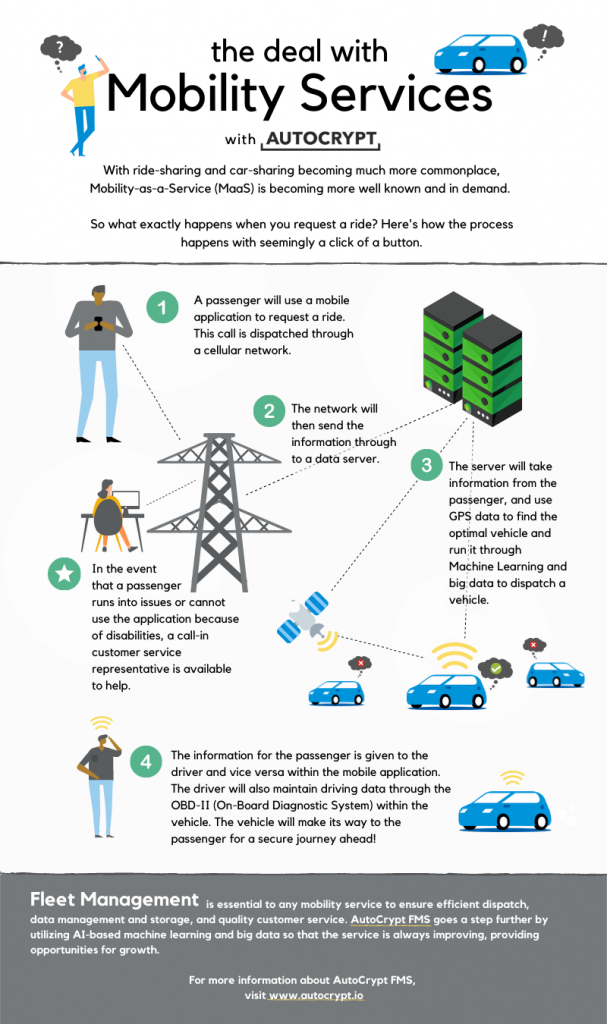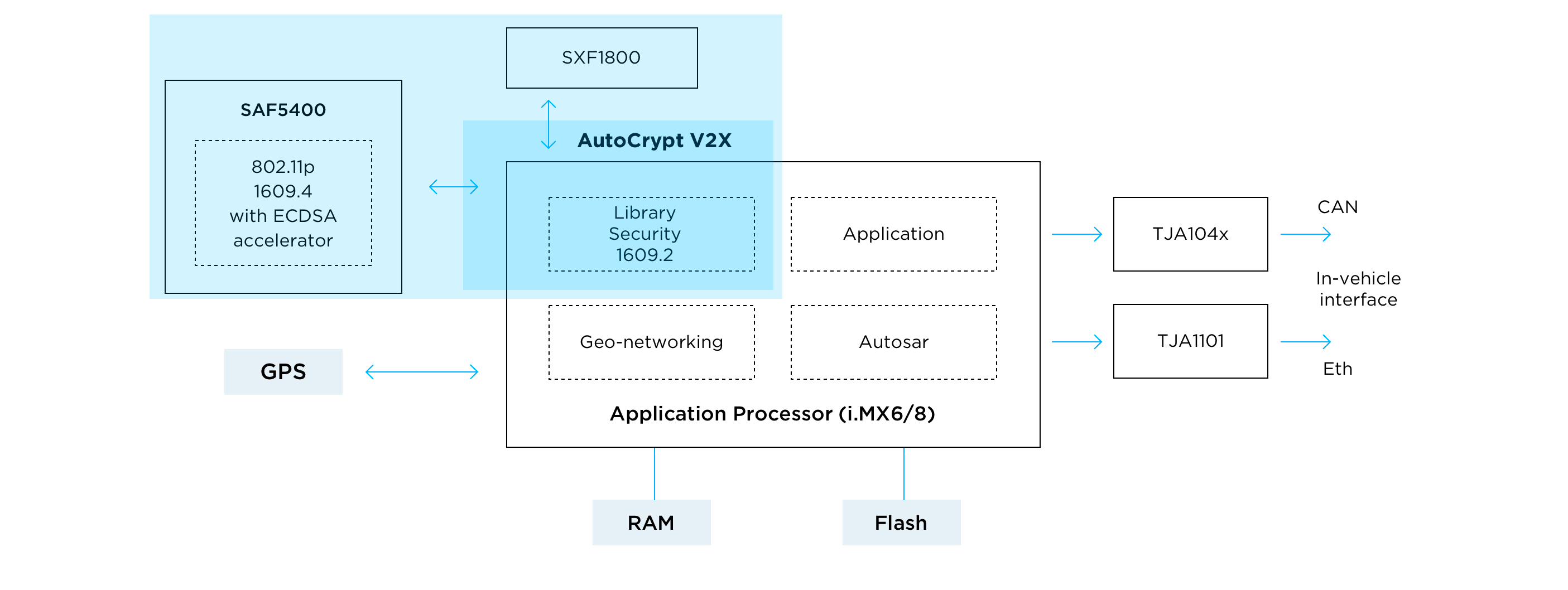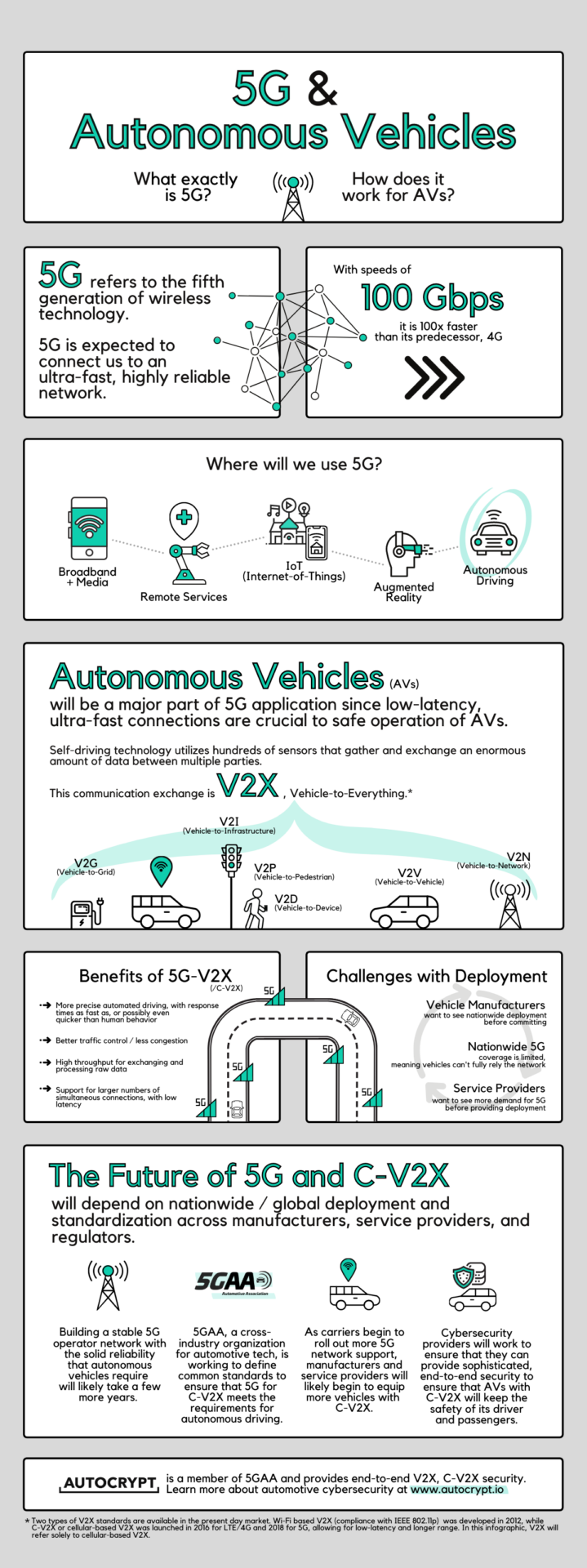In this day and age, everything is connected. While the most basic devices of connectivity are already an integral part of our lives, there are other appliances and entities that are transcending the traditional viewpoint of what can be “connected” to a larger network. For example, Korean tech giant Samsung Electronics recently announced its new lineup of washing machines equipped with artificial intelligence. The machines are able to customize the laundry process in much less time, energy, and effort. Other new “smart” appliances include refrigerators, vacuum cleaners, and even household mirrors, which are able to tell the time, weather, and even utilize facial recognition. With the expansion of connectivity and “smart” technology to household appliances, it was only a matter of time before this expanded into a larger framework.
This framework, precisely, is the concept of the “Smart City,” which is essentially a network of connected technology that transmits data in order to improve quality of life for citizens, corporations, and municipalities. The concept of the Smart City has various objectives that are summarized in these four areas: mobility and transportation, eco-friendly consciousness, safety and security, and social welfare.
Another term often thrown around in conversations regarding Smart Cities is “Smart Mobility,” because it encompasses so many of the same goals and ideas. Today we will explore the connections these two frameworks share through those mutual goals.
Mobility and Transportation
At the core, this goal encompasses the very centric idea of Smart Mobility: Smart Mobility seeks to improve the welfare of the citizen and society overall through the betterment of transport. Transportation, though, does not necessarily confine itself to the traditional ICE (Internal Combustion Engine) vehicle. In fact, Smart Mobility covers methods of transportation ranging from electric/connected vehicles, ride/car-sharing, public transportation, to walking/biking, and even the infrastructure and systems that surround them (e.g., parking, traffic congestion, sidewalks, etc.).
Smart Mobility is about flexible, convenient, and intelligent transportation, meaning that many aspects are connected in order to ensure that systems are streamlined and customized according to individual and societal needs. The idea has transformed the concept of how people approach transportation with more and more companies offering MaaS or Mobility-as-a-Service solutions. Mobility is now accessible to more people outside the traditional bubble of owning a personal vehicle or utilizing traditional public transportation.
Environmentally Conscious
Along with opening up mobility with connectivity and MaaS, Smart Mobility embraces the environment in terms of the cutting the usage of fossil fuels and energy consumption in general. This is why we see the market leaning more towards non-ICE vehicles: BEV (Battery Electric Vehicles), HEV (Hybrid Electric Vehicles), or PHEV (Plug-in Hybrid Electric Vehicles). In 2010, only about 17,000 electric vehicles were driving on roads, but in 2019 we saw that number increase to a staggering 7.2 million. Analysts say that this number is only set to keep growing.
Other methods of transportation like ride-sharing have increased in popularity as more people are looking to make their commutes efficient in terms of costs and carbon footprint. To double up on the benefits, many ride-sharing and taxi services are switching to EVs.
For those that do not necessarily drive or utilize motorized transportation, many governments are finding ways to ensure that their walking/biking citizens can still contribute to the smart city/smart mobility ecosystem by improving on their city infrastructure. For example, the city of Houston recently voted to clear the way for pedestrian-friendly and transit-oriented city development. The ordinance will “bring buildings closer to the street, expand sidewalk widths, add buffer zones between the sidewalks and the street and situate parking lots either beside or behind buildings.”
Safety/Security First
While the aforementioned type of ordinance will allow for walking and biking citizens to contribute to environmental benefits, it also helps to keep them safe with the increasing number of pedestrian deaths. According to the Governors Highway Safety Association (GHSA), pedestrian deaths accounted for 17% of all traffic-related deaths in 2019. With the growing number of connected and autonomous vehicles on the roads, it is even more crucial to have proper infrastructure in place so that sensors are able to more accurately capture obstructions so that this number decreases.
This brings us to the safety and security of autonomous vehicles. Globally, approximately 1.35 million people die in traffic-accidents each year. However, many of these accidents are preventable because accidents occur as a result of poor road infrastructure, in-vehicle issues, traffic law violation or nonexistent traffic laws, or driver behaviors.
With the advancement of autonomous vehicles and the transition into vehicle-control over human-driver focused driving, many of these pitfalls will help to lessen the number of casualties. But in order to do so we have to take into account that there is still great apprehension when it comes to wider adoption and implementation of AVs. This does not necessarily come out of left field as technology is still being developed, and Level 5 Autonomy (the highest level where no human interaction is required) is still about a decade away. With so much connectivity involved in the autonomous driving ecosystem, it is most definitely important to ensure that both on-road safety and cybersecurity solutions are in place to keep everyone safe. This is where manufacturers, organizations, and other entities in the automotive industry can step up to work together in order to standardize regulations and implement security from the manufacturing level so that when the time comes for Level 5 Autonomous Vehicles to hit the roads, that drivers, passengers, and pedestrians can feel like they are truly experiencing transportation in a risk-free smart city.
Social Welfare Focus
At the end of the day, initiatives like Smart City and Smart Mobility come down to offering citizens a higher standard of living – with mobility, this comes down to ensuring that all people from all backgrounds and abilities are able to go from place to place without significant challenges economically or physically.
These systems and services have yet to be widely implemented on a large enough scale, but we are seeing an increase in dedicated fleets for those who are unable to access the larger systems in place (e.g., public transportation, ride-sharing), though accessibility is an area of Smart City planning that still has many areas of needed improvement.
In terms of socioeconomic issues, transportation can be challenging because personal vehicles take a considerable amount of funds to purchase, and taxi fares and ride sharing can still be costly for those without a stable income. However, with increasing connectivity in city infrastructure as well as for autonomous/connected vehicles, we may see fares and costs starting to decrease. This is where municipalities and regulations can contribute policies and subsidies in order to speed up that process, investing in the future.
Analysts say that Smart Cities have the potential to give a tenfold return on public investments that are made into their citizens. For example, the McKinsey Global Institute found that using smart technology could reduce crime by 30-40%, reduce fatalities by 8-10%, and reduce response times for emergencies by 20-35%; all of these cut costs for governing and welfare institutions.
Therefore, the potential for the Smart Mobility future is not only an economically smart decision, but ultimately one that will better society. As technology continues to advance and connections abound, Smart Mobility will only continue to be a headlining issue at the forefront of the Smart City framework.
For more about AUTOCRYPT’s Smart Mobility initiatives through Fleet Management, click here. To learn more about the current situation of people with reduced mobility (PRM) that face mobility challenges and have accessibility needs, download our white paper “Mobility and Accessibility” here.



